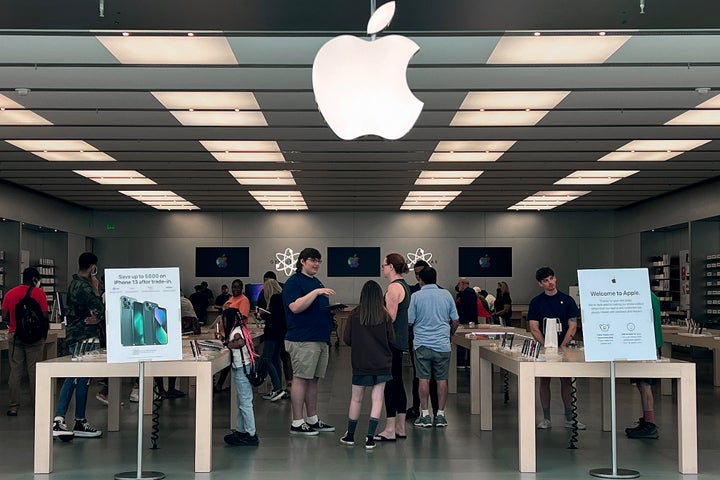Despite high-profile organizing victories at companies like Starbucks and Amazon, the overall rate of union membership in the U.S. declined again in 2022 to a new modern low, according to Bureau of Labor Statistics data released Thursday.
The agency said the share of American workers who belong to unions dropped from 10.3% in 2021 to 10.1% last year, based on its monthly surveys of households. That is the lowest number the government has recorded since it began compiling comparable data in 1983, when the membership rate was nearly double, at 20.1%.
“Unions' gains couldn't keep up with non-union job growth.”
However, the raw number of union members increased by nearly 2%, to 14.3 million last year. The bulk of those gains came in the private sector, which added 193,000 members. But unions’ footprint in the workforce still managed to shrink because the increases couldn’t keep pace with job growth in a strong economy. Overall employment grew by nearly 4%, most of it in nonunion jobs.
“This disproportionately large increase in [total employment] compared with the increase in the number of union members led to a decrease in the union membership rate,” BLS said in a statement explaining the numbers.
Union membership is much stronger in the public sector, where roughly one in three workers belongs to a union, a rate relatively unchanged from the previous year. Membership remained higher among Black workers (11.6%) than white (10%), Hispanic (8.8%) or Asian workers (8.3%). Younger workers aged 16 to 24 were less than half as likely to be union members as workers aged 45 to 54.
Organized labor has made gains recently with several high-profile campaigns, unionizing workers at Amazon, Starbucks, Apple, REI and Trader Joe’s, none of which previously had unionized workforces in the U.S. The National Labor Relations Board, which conducts elections in the private sector, said last fiscal year saw the largest number of union election petitions since 2016.

The Amazon Labor Union’s upset victory at the online retailer’s JFK8 warehouse in Staten Island, New York, last spring was perhaps the most notable union election win in decades. Meanwhile, the union Workers United organized more than 200 Starbucks stores last year, spreading its campaign that began in Buffalo, New York, from coast to coast.
But so far, those major victories only touch a small fraction of the U.S. workforce.
For perspective on labor’s challenges, Amazon’s JFK8 warehouse was among the largest single U.S. worksites to unionize in years, with some 8,325 workers in the bargaining unit. But that massive facility is still just a tiny slice of the overall workforce of 165 million, and no other Amazon sites have unionized since JFK8. (Recent victories also wouldn’t be fully reflected in BLS data, which is based on monthly population surveys.)
The AFL-CIO, a labor federation that includes 58 unions, said the new numbers don’t display all the reasons for optimism, citing organizing victories last year among teaching assistants, baristas, museum workers and video game developers, among others. Unions managed to add members despite intense anti-union campaigns run by well-funded companies like Amazon and Starbucks, the federation’s president, Liz Shuler, said in a statement.
“Organizing victories are happening in every industry, public and private, and every sector of our economy all across the country,” Shuler said.” The wave of organizing will continue to gather steam in 2023 and beyond despite broken labor laws that rig the system against workers.”

